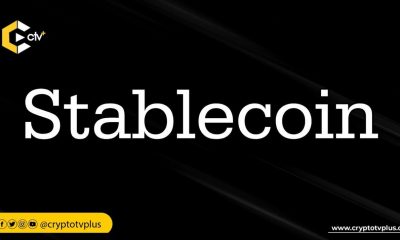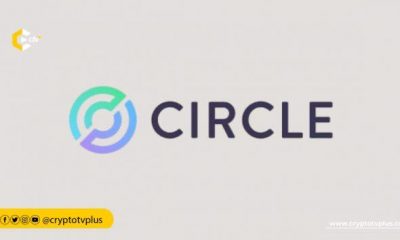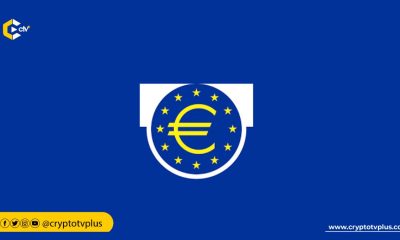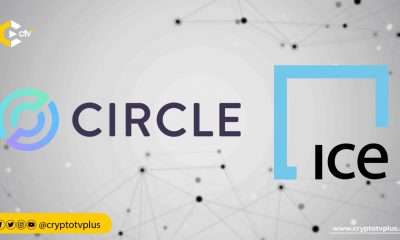News
NEAR Protocol welcomes native USDC integration

Circle, the issuers or USDC, has announced the launch of the stablecoins natively on the NEAR Protocol. This integration will enable users to access USDC natively on the NEAR blockchain via Circle Account and Circle APIs, allowing users and developers in the Near ecosystem to explore more.
USD Coin (USDC) is a stablecoin that is pegged to the US dollar, meaning that one USDC is always equal to one US dollar. It was created in a joint venture by fintech company Circle and crypto exchange Coinbase in 2018.
Its reserve assets are held in segregated accounts with US-regulated financial institutions. USDC is not issued by the US government. USDC is useful for traders who want to have an easy way to trade cryptocurrencies for US dollars, and is known as one of the most popular stablecoins with a market capitalization of over $24 billion since the start of 2023.
NEAR Protocol is a smart contract-enabled blockchain that aims to make the development of decentralized applications (dApps) more straightforward. It is a decentralized application (dApp) platform that focuses on usability among developers and users.
Its defining feature is a technique called “sharding,” designed to improve transaction speed and capacity. It involves breaking up the blockchain into sub-chains with different validators working on them, which regularly get connected to one another.
With this integration, developers can harness the exceptional speed and scalability of the NEAR blockchain to create high-performance applications that utilize USDC.
Native vs. Bridged USDC
In explaining the uniqueness of a USDC on Near, Circle said that while native USDC is officially issued by Circle, there has always been a bridged USDC on Near known as USDC.e. This is USDC that has been transferred from the Ethereum network to NEAR through a bridge.
Furthermore, it added that this bridged USDC (USDC.e) is not issued by Circle, hence not compatible with Circle Account or Circle APIs.
Some of the advantages of the launch of USDC on Near include low-cost global payments especially for remittances; easy financial services such as trading, borrowing and more; savings in digital dollars especially for regions with unstable currencies; and more.
Circle added that while developers can easily integrate USDC on Near in their Dapps, businesses can also apply for fiat to Near USDC conversion.
Users are advised to use these details as differentiation between the bridged USDC and USDC on Near as any attempt to send bridged USDC.e on NEAR to your Circle Account, may result in loss of asset:
- Bridged USDC from Ethereum:
Token Symbol: USDC.e
Token Address: a0b86991c6218b36c1d19d4a2e9eb0ce3606eb48.factory.bridge.near
- Native USDC issued by Circle:
Token Symbol: USDC
Token Address: 17208628f84f5d6ad33f0da3bbbeb27ffcb398eac501a31bd6ad2011e36133a1
USDC now lives natively on Ethereum, Solana, Avalanche, TRON, Algorand, Stellar, Flow, Hedera, Base, Optimism, and Near protocol.
Read also; Coinbase and Circle forge new path for USDC























3 Comments